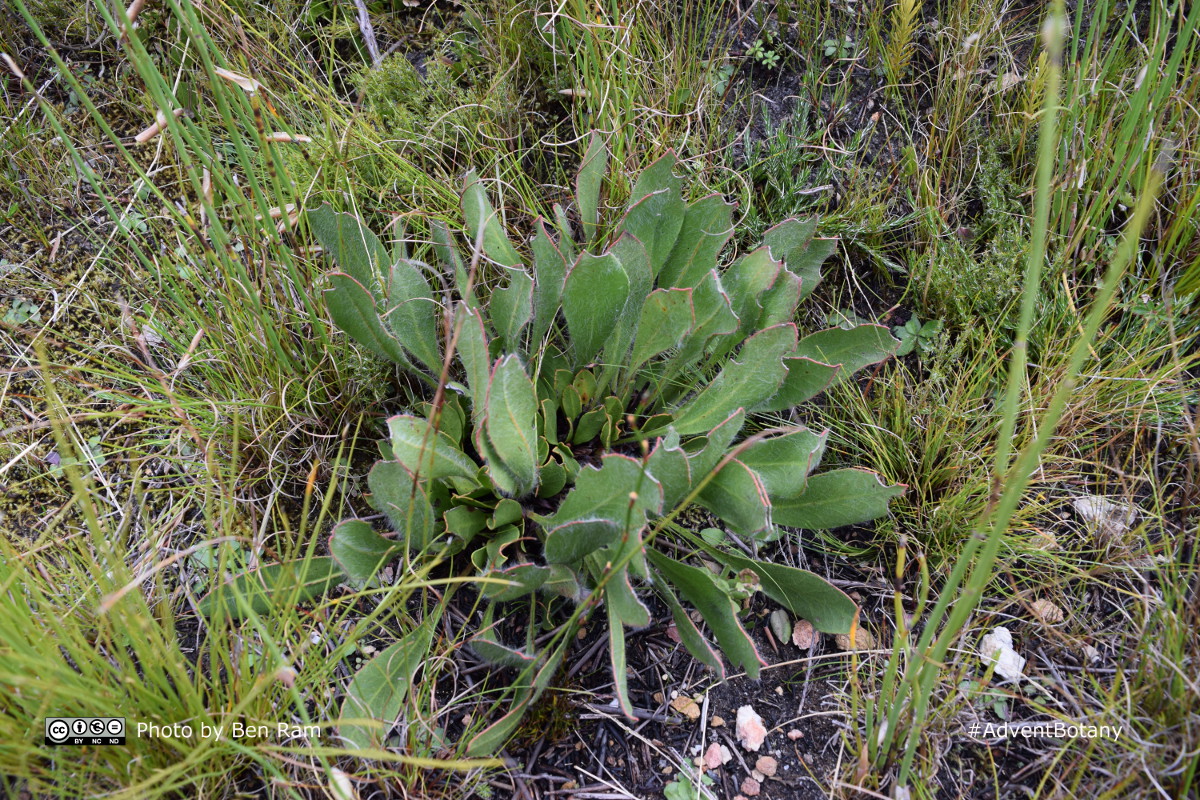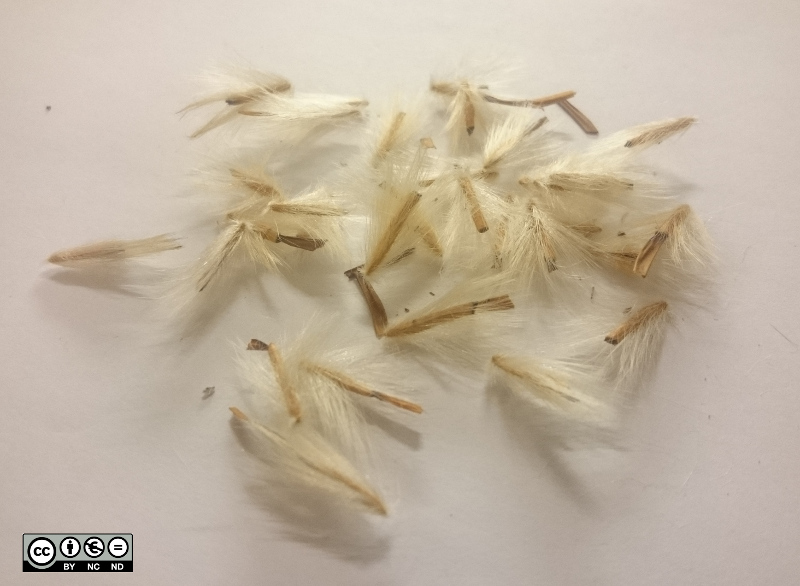
Every year in preparation for Christmas a king from a distant land honours me with its presence. The king of which I speak is a Protea cynaroides, the King Protea, plant that grows in my garden and flowers, virtually on the button, in readiness for Christmas day. I have to say it looks rather out of place in the dull light of North Wales but none the less we anticipate its opening and celebrate it with excitement.

You may not think of the Proteaceae, as being a family of plants associated with this festive season but, whilst they are available all year round as cut flowers the global market for their blooms reaches its peak at Christmas. One retailer states that its sales of bunches of protea increase by up to 500% during Advent (Fortnam, 2015). Of course there is a reason for this; we, here in Britain, are constantly on the look-out for festive flowers to adorn the hallways of our decorated homes to welcome our guests. The red and green bracts of the Golden cone-bushes Leucadendron ‘Safari Sunset’ and L. laureolum amongst the crown-like blooms of Protea cynaroides not only look Christmassy but give an air of glamorous opulence that us Brit’s only really put on show at this time of year.
Interestingly, whilst most of the protea blooms imported to the UK at this time of year come from sustainably managed farms in their homeland of South Africa some of them are also grown in the Golan Heights of Israel, the birthplace of Jesus Christ. The protea farms of Israel mostly concentrate on the Leucadendron sp. whose coloured bracts are used so extensively in Christmas floristry. It is certainly quite odd to see row upon row of proteas growing in a land more usually associated with olive groves and date palms.

Another environment we really don’t associate with proteas is the snow-capped mountains so frequently found depicted on our Christmas cards. Yet there is one group of Sugar bushes, the colloquial name for the genus Protea, whose ecology is inextricably linked to just such alpine scenes. The Snow sugar bushes are just four species of Protea in the section Paracynaroides. P. scolopendriifolia, P. scabriuscula, P. cryophila and P. pruinosa all grow as rhizomatous or creeping shrubs and their flowers are born at ground level where their strong, yeasty, scent attracts rodents to pollinate them (Rebelo, 2001).
Never found growing below the snowline these plants actually require the cold in order to stimulate flowering. Unfortunately global warming is having a huge impact on these plants and increased fire alongside an ever receding snowline means that Protea cryophila is red-listed as Near Threatened and P. pruinosa is Endangered. Their flowering and setting of seed is becoming far from predictable and, as they don’t recover from fire like other members of the Proteaceae, they are being pushed increasingly into refuges between rocks and their populations separated from one another (SANBI Red List justification).

Protea cryophila is one species that really may enjoy the winter cold that I can offer it here in Wales alongside its royal relative, Protea cynaroides. So far all attempts to grow it at lower altitude in more temperate climates have been unsuccessful but I have seeds sown and a ray of Christmas hope that in 2016 there may be a change in the fortunes of the Snow sugar bush, Protea cryophylla.
So this Christmas enjoy those Christmas blooms, which have endured a journey of thousands of miles by boat (so as to reduce their carbon footprint), adorning your Christmas table and think of that King from far away, those flowers of gold from the holy land and their diminutive relatives so threatened by a lack of snow.
Happy Christmas
Fortnam, J (2015), The Telegraph, Proteas:the long journey from field to vase
Rebelo, T. (2001), Sasol Proteas: A Field Guide to the Proteas of Southern Africa, 2nd Edition, Fernwood Press: Cape Town
SANBI Red List (http://redlist.sanbi.org/)

This work is licensed under a Creative Commons Attribution-NonCommercial-NoDerivatives 4.0 International License.
Editor’s note: Robbie Blackhall-Miles is a talented plantsman who runs Fossil Plants in north Wales. He is currently seeking crowdfunding to set up a conservation glasshouse to help propagate some of the rare plants he has written about in this blog. The appeal closes on 22nd January 2016.
